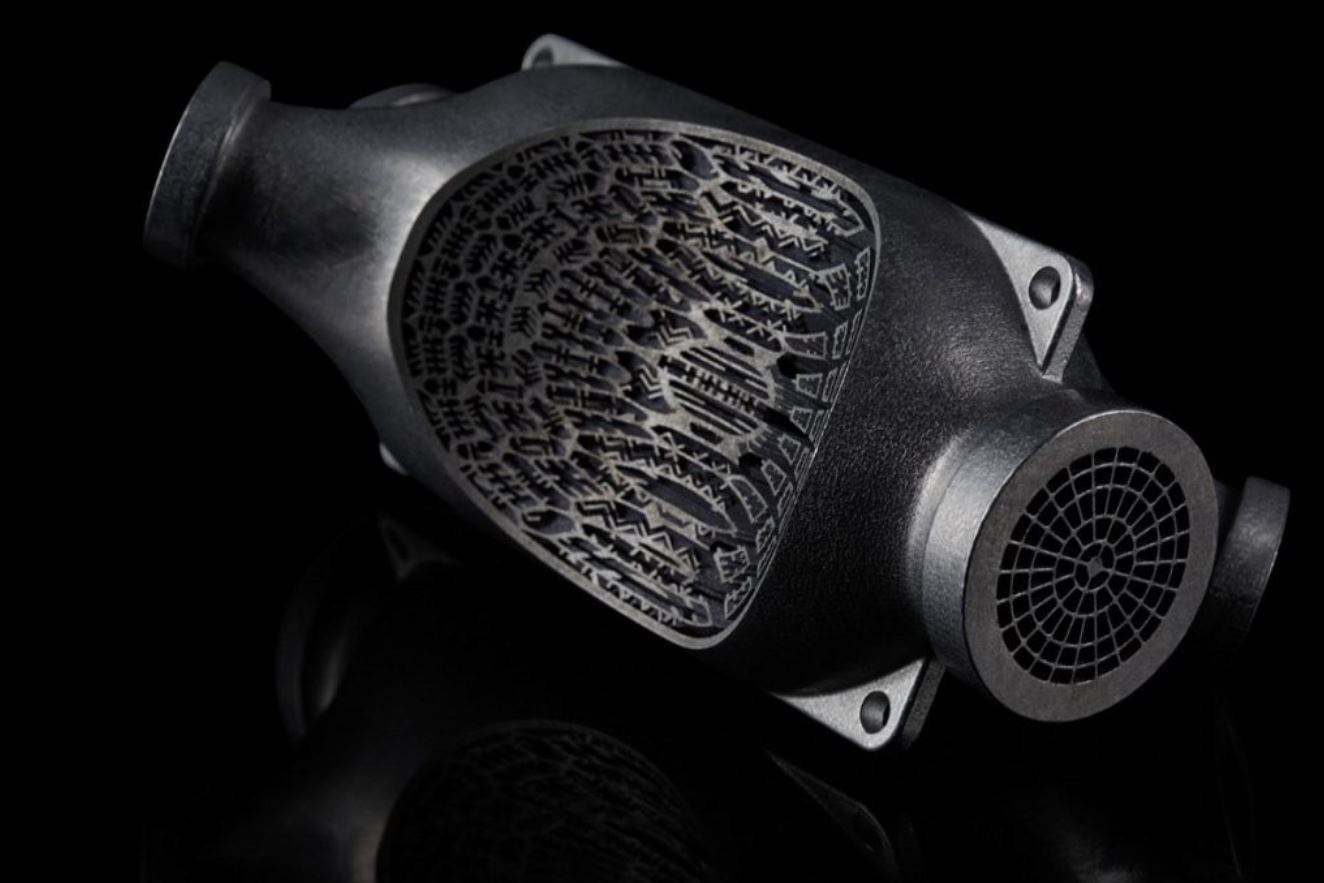 Heat exchangers are the unsung heroes in everything from your car to the air conditioning system in your office. They’ve been around for decades, but their design hasn’t changed much—until now. Thanks to the innovative work of researchers at the University of Illinois Grainger College of Engineering, led by Bill King and Nenad Miljkovic, we’re seeing a revolution in how these devices are made and how well they perform. The secret? 3D printing.
Heat exchangers are the unsung heroes in everything from your car to the air conditioning system in your office. They’ve been around for decades, but their design hasn’t changed much—until now. Thanks to the innovative work of researchers at the University of Illinois Grainger College of Engineering, led by Bill King and Nenad Miljkovic, we’re seeing a revolution in how these devices are made and how well they perform. The secret? 3D printing.
For years, the design of heat exchangers has been stuck in a rut. As Bill King points out, ‘The heat exchangers that we have today look almost exactly like the heat exchangers that we had 30 years ago.’ That’s because traditional manufacturing methods have limited what’s possible. But with 3D printing, those constraints are disappearing. This technology allows us to create complex shapes that were once unimaginable, significantly boosting the efficiency of heat exchangers.
Imagine being able to design almost any shape you can think of—shapes that optimize how heat is transferred, the energy used, and the size of the exchanger. That’s the power of additive manufacturing. It’s not just theoretical, either. The team has already collaborated with the U.S. Navy to develop and test a two-phase heat exchanger. The results? A remarkable 30% to 50% improvement in performance compared to traditional models, all without increasing the power input.
Why does this matter? As Nenad Miljkovic highlights, ‘Making better two-phase heat exchangers is critical for future energy-efficient systems.’ These new designs, with their increased power density, are perfect for mobile applications like vehicles and aircraft—places where traditional exchangers just don’t fit.
But the innovation doesn’t stop there. The research team has also developed advanced modeling and simulation tools, allowing them to test thousands of different configurations. This means they can fine-tune their designs even further, pushing the boundaries of what’s possible. By working with companies like Creative Thermal Solutions Inc. and TauMat Inc., they’re continuing to explore new frontiers in heat exchanger technology.
It’s an exciting time for anyone interested in energy efficiency and cutting-edge engineering. If you’re curious to learn more about this groundbreaking work, check out the full study in the International Journal of Heat and Mass Transfer.








